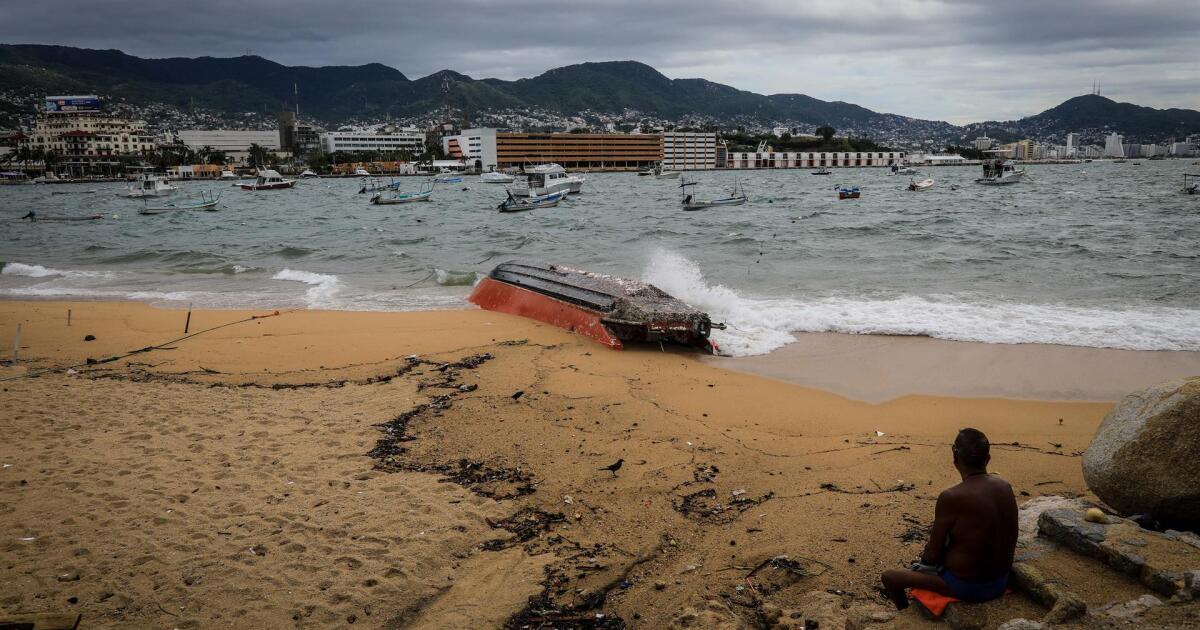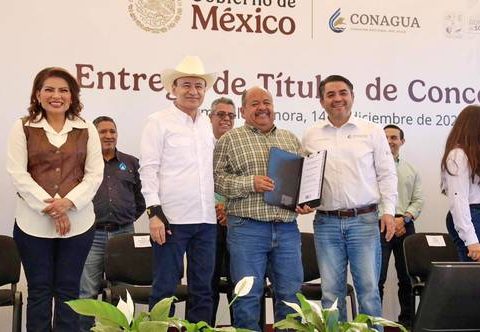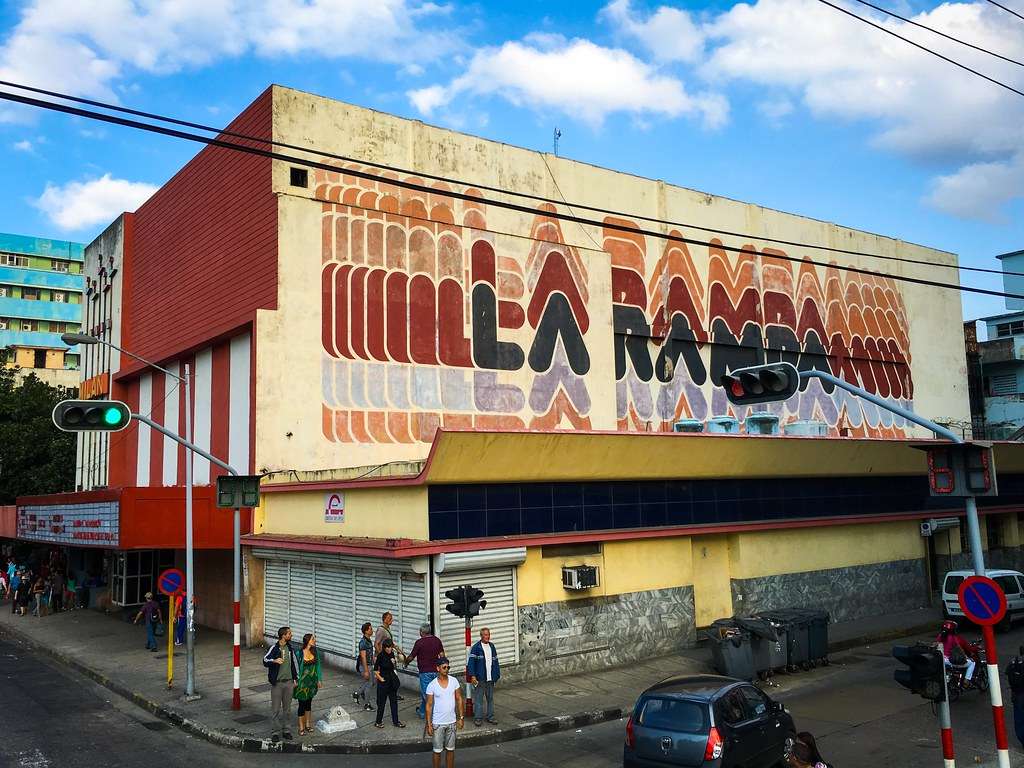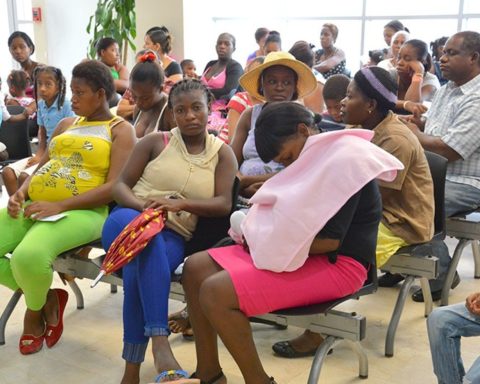What is the Early Warning System?
The Early Warning System is represented by a traffic light, in each of its colors it measures the degree of intensity and the actions that are recommended to be carried out by citizens to protect themselves from the meteorological phenomenon.
This system is divided into five different colors: blue, green, yellow, orange and red, each located from less to greater degree of intensity.
Meaning of the five stages
1. Blue Alert – Warning
This color represents minimum danger of the meteorological phenomenon and is activated when a tropical cyclone is detected that is directed exclusively to the coasts, there are two alert phases: approach and distance and it does not cause any damage.
two . Green Alert – Prevention
Green represents a low danger, and is activated when the phenomenon is more intense. Conagua recommends pruning trees that obstruct electrical power cables to avoid any danger to citizens, the inhabitants should cover the windows with fixed boards to protect themselves from objects that can break them by the wind, it is also recommended to clean roofs, drains, channels and drains , as well as avoiding littering so that they do not flood.
3. Yellow Alert – Preparation
This is activated when the danger is moderate, it is recommended that citizens identify the closest temporary shelter and the route to get there quickly, at this stage it is important to gather food, drinking water, emergency items and important documents stored in plastic bags.
Four . Orange Alert – Alarm
It is activated when the danger is high, the authorities begin to evacuate citizens from risk areas, they are taken to temporary shelters in case the houses are not safe, for those inhabitants who are near rivers, lagoons or Channels must monitor the water level and in any case move to the shelters, it is recommended to close the doors and windows, cut off the gas and electricity supply to avoid accidents.

















